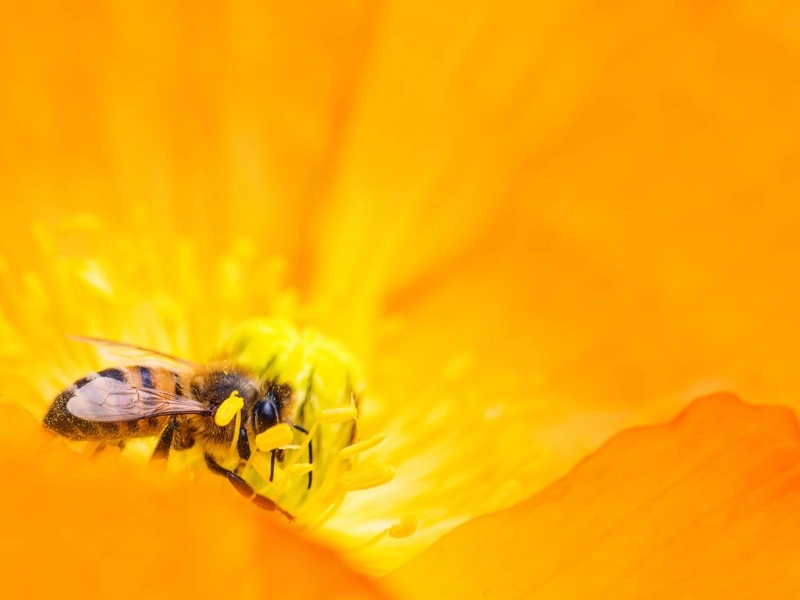Honey and Environmental Protection: The Importance of Bees to Ecosystems
Advertisement
6. Bee-ing the Change: How Individuals Can Support Bee Conservation

Advertisement
Although the problems affecting bee numbers sometimes seem insurmount, there are several ways each person can help with bee conservation. Every effort, no matter how modest, can help to assist these important pollinators significantly taken together.
Establishing bee-friendly habitats in their own backyards or neighborhoods is one of the most efficient ways people might contribute. This might be as easy as choosing a variety of native, flowering plants that bloom at several periods across the season. Bees require a continuous supply of pollen and nectar, hence it is best to have a range of plants flowering early spring through late October. Among the bee-friendly flora are lavender, sunflowers, coneflowers, and native wildflowers.
Another absolutely vital measure is avoiding the use of pesticides, especially neonicotinoids. Many popular garden insecticides damage other helpful insects including bees. Rather, give organic gardening techniques or natural pest control ideas some thought. Should pesticide use be required, do it in the evening when bees are less active and never spray open blooms.
Although it's not usually given much thought, creating bee nesting areas can be quite helpful. Many bee species nest in hollow stems or the ground and live alone. Leaving some undisturbed, barren patches in your garden will give ground-nesting bees places to nest. Bee hotels, constructions with hollow tubes where bees can lay their eggs, are available for cavity-nesting bees.
Another approach to help local beekeepers is by buying locally made honey, therefore supporting bee preservation. Smaller-scale beekeepers more likely to employ sustainable techniques frequently create local honey. Purchasing local honey also helps the local economy and lessens the carbon footprint connected with long-distance honey transportation.
One of the most effective tools for preservation is teaching others as well as yourself the value of bees and their difficulties. Tell friends, relatives, and members of your community. Think about planning or helping local pollinator-conservation events. Many towns organize "pollinator weeks" or other similar activities meant to spread awareness and encourage bee preservation via action.
By lessening the effects of climate change, your carbon footprint indirectly helps bees. Simple acts like choosing sustainable transportation choices, cutting meat intake, and using energy-efficient appliances help to create a better habitat for bees and other species.
Another great approach to support groups committed to bee preservation is by lending your time. By means of research, advocacy, and habitat restoration, many non-profit groups are relentlessly safeguarding bees. To help these groups, think about giving money or your time.
Given your room and enthusiasm, think about becoming a hobby beekeeper. Good beekeeping can help to preserve healthy bee numbers and support local pollination. To guarantee you are supporting rather than damaging local bee populations, though, you must educate yourself fully and follow best practices.
Promoting bee-friendly laws in your neighborhood might make a big difference. Encouragement of your local government to cut pesticide usage in public areas, establish pollinator corridors, or apply bee-friendly landscaping techniques in parks and other public spaces could help with
Another approach to assist bees is in favor of sustainable agriculture. When at all feasible, use organic vegetables since organic farming methods usually favor bees. Shopping at farmers' markets or a community-supported agriculture (CSA) program will help to promote local, varied farming methods sometimes better for pollinators.
Especially in hot, dry climates, giving bees access to water can be beneficial. A shallow dish filled with floating cork bits or pebbles can provide bees somewhere safe to drink. Recall that consistent water changes help to stop mosquito breeding.
Finally, let others know on social media the value of bees. Share educational pieces, striking bee images, or your own, bee-friendly gardening projects to motivate others.
By following these guidelines, people can significantly help to maintain bee numbers. Remember, each little effort matters and taken together, we can significantly help to preserve these important pollinators.
You May Like
Advertisement

